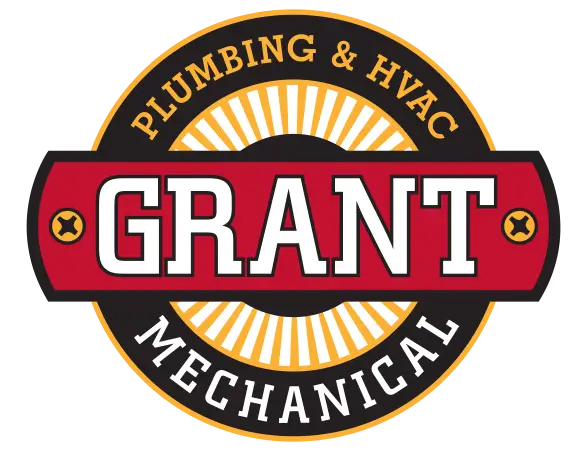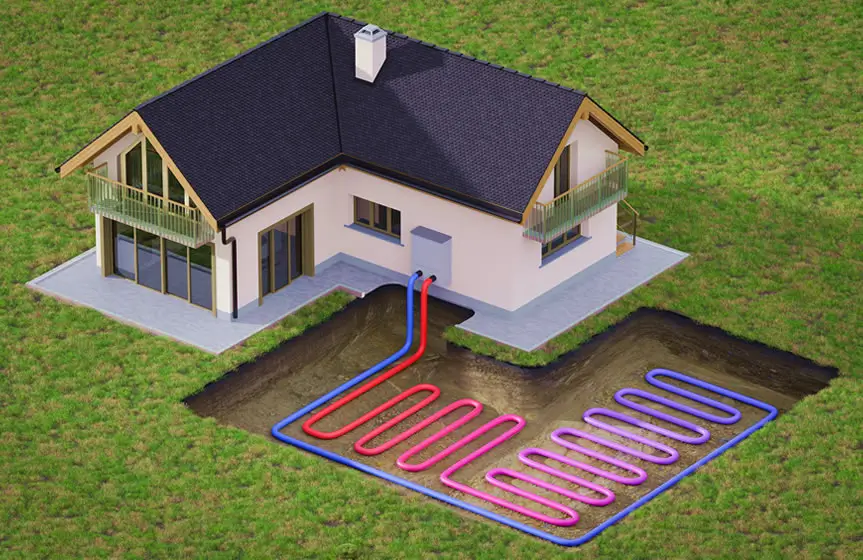Understanding Furnace Efficiency: Decoding AFUE

When it comes to home heating in Traverse City, understanding your furnace’s efficiency is key to both your comfort and your energy bills. You might hear terms like “80% furnace” or “97% furnace” thrown around, and today, we’re going to break down exactly what that means and how it impacts you.
What is AFUE?
AFUE stands for Annual Fuel Utilization Efficiency. It’s a measure of how efficiently your furnace converts fuel (natural gas, propane, or oil) into usable heat for your home over a typical heating season. Think of it like miles per gallon for your car – the higher the AFUE, the less fuel is wasted and the more heat makes it into your living spaces.
Decoding the percentages
When we say a furnace has an 80% AFUE, it means that for every dollar you spend on fuel, 80 cents goes towards heating your home, and the remaining 20 cents is lost, typically through the exhaust flue.
On the other hand, a 97% AFUE furnace is significantly more efficient. For every dollar spent on fuel, 97 cents directly heat your home, with only 3 cents being lost.
Is a 97% Furnace Truly 97% Efficient?
Yes, the AFUE rating is a standardized test conducted by manufacturers and verified by independent laboratories. While no system operates at 100% efficiency in the real world due to factors like heat loss through ductwork (in forced-air systems), the AFUE rating provides a reliable benchmark for comparing the potential efficiency of different furnaces under ideal conditions. A 97% AFUE furnace represents one of the highest efficiency levels currently available for non-condensing residential furnaces. Condensing furnaces, which capture additional heat from the exhaust gases, can achieve even higher AFUE ratings.
The Financial Savings Over Time: A Real-World Example
Let’s illustrate the potential savings with a simplified example for a Traverse City homeowner:
Imagine your current 80% AFUE furnace costs you $1,000 per year in natural gas. For this example, to keep it simple, we will say your older furnace is still running at 80% (after years of use, the efficiency of any furnace does slowly become less efficient.)
- 80% Efficient Furnace: $1,000 (Total Fuel Cost) x 0.80 (Efficiency) = $800 worth of usable heat. $200 is wasted.
Now, let’s consider replacing it with a 97% AFUE furnace, assuming your heating needs remain the same:
To get the same $800 worth of usable heat with a 97% efficient furnace, you would spend:
- $800 (Desired Heat) / 0.97 (Efficiency) = approximately $825 in total fuel cost.
The Annual Savings: $1,000 (old cost) – $825 (new cost) = $175 per year.
Over the typical 15-20 year lifespan of a furnace, these annual savings can add up to a significant amount. Keep in mind that actual savings will vary depending on your home’s insulation, thermostat settings, fuel costs, and the specific models being compared.
Other Benefits of High-Efficiency Furnaces
- Reduced Environmental Impact: By using less fuel, high-efficiency furnaces contribute to a smaller carbon footprint.
- More Consistent Comfort: Many newer, high-efficiency furnaces feature modulating burners and variable-speed blowers, which provide more even heating throughout your home.
- Quieter Operation: High-efficiency furnaces often incorporate better insulation and more advanced blower motor technology, resulting in quieter operation.
- Potential for Rebates and Incentives: Federal, state, and local incentives are often available for installing high-efficiency HVAC equipment, further reducing the upfront cost.
The Grant Mechanical Advantage: Helping You Choose Wisely
At Grant Mechanical, we’re committed to helping Traverse City homeowners make informed decisions about their heating systems. When we recommend upgrading from an 80% furnace to a 97% model, we’re not just talking about a number – we’re talking about real savings, improved comfort, and a more sustainable home. Our experienced team can assess your home’s heating needs, explain the benefits of different efficiency levels, and provide professional installation to ensure optimal performance and long-term value.




